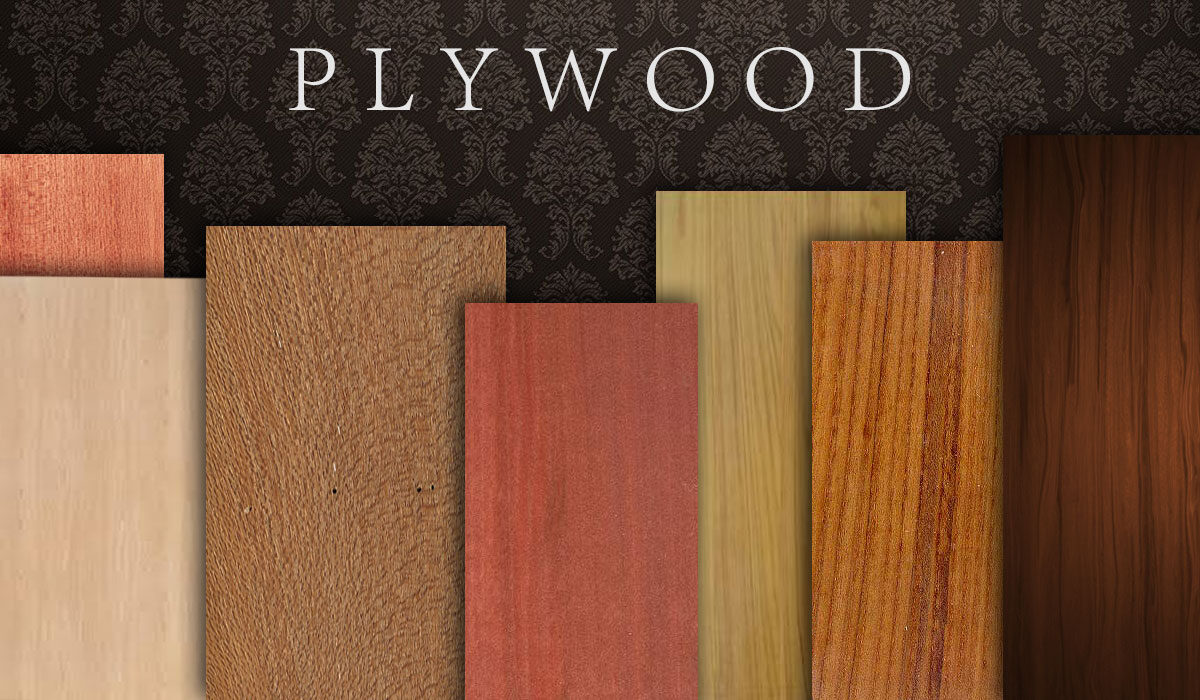Introduction
When it comes to construction and interior design, one versatile and widely used material that stands the test of time is plywood. Plywood is a composite panel made by gluing together thin layers of wood veneers, known as plies or layers, with their grain direction perpendicular to one another. This unique construction gives plywood exceptional strength, stability, and durability, making it a go-to choice for a wide range of applications. In this blog post, we will delve into the world of plywood, exploring its characteristics, advantages, and creative uses in modern interiors.
The Beauty of Plywood
Plywood possesses a unique charm that lies in its natural and organic appeal. Unlike other materials, plywood showcases the grain and texture of real wood, adding warmth and character to any space. The layers of veneer create a visual depth that cannot be replicated by solid wood or other engineered wood products. Whether you prefer a contemporary, rustic, or traditional look, plywood can effortlessly blend in and elevate the overall aesthetic of your interiors.
Advantages of Plywood
- Strength and Stability: Plywood is renowned for its exceptional strength-to-weight ratio. The cross-laminated construction distributes weight evenly, providing stability and minimizing the risk of warping or twisting. This makes plywood an excellent choice for structural applications, such as flooring, roofing, and wall sheathing.
- Durability and Longevity: Plywood is engineered to withstand the test of time. The bonding between the layers of veneer creates a solid and resilient panel that can withstand heavy loads, impact, and varying weather conditions. With proper care and maintenance, plywood can last for decades, making it a cost-effective investment for any project.
- Versatility: Plywood is available in a wide range of sizes, thicknesses, and grades, allowing for versatile applications in both residential and commercial settings. From furniture and cabinetry to interior wall paneling and decorative elements, plywood can adapt to various design styles and functional requirements.
- Sustainability: Plywood is considered an environmentally friendly choice compared to other materials. It is made from renewable wood sources, and the production process generates less waste compared to solid wood. Additionally, responsible forestry practices and certifications ensure that plywood comes from sustainable and well-managed forests, making it a responsible choice for eco-conscious individuals.
Creative Uses of Plywood
- Furniture Design: Plywood’s versatility makes it a favorite material for furniture designers. Its strength and stability allow for the creation of unique and structurally sound pieces. From minimalist chairs and tables to intricate shelving units and storage solutions, plywood can be shaped and formed to bring any design concept to life.
- Cabinetry and Built-in Storage: Plywood is often the material of choice for kitchen cabinets, wardrobes, and built-in storage units. Its durability and dimensional stability ensure that cabinets will withstand the demands of daily use. Plywood’s clean and uniform appearance can be enhanced with various finishing techniques, such as staining or veneering, allowing for customization to match any interior style.
- Flooring and Wall Coverings: Plywood can be used as a cost-effective and visually appealing flooring option. Its durability and stability make it suitable for high-traffic areas, and it can be finished with paints, stains, or sealants to achieve the desired look. Additionally, plywood can be used as wall paneling to add texture and depth to any room, creating a focal point or an accent wall.
- Decorative Elements and Finishes: Plywood can be utilized as a design feature in its raw form or with creative finishes. It can be CNC cut to create intricate patterns, used for decorative screens or partitions, or even transformed into custom-designed furniture pieces. Plywood can be stained, painted, or coated with a clear finish to showcase its natural beauty while adding protection.
Conclusion
Plywood’s timeless beauty, strength, and versatility have made it an integral part of modern interior design. Whether you’re looking for structural stability, aesthetic appeal, or sustainable materials, plywood offers a wide range of advantages and creative possibilities. From furniture and cabinetry to flooring and decorative elements, plywood continues to prove its worth as an essential material in the world of design. So, embrace the elegance of plywood and let your imagination soar as you incorporate this remarkable material into your interior spaces.

